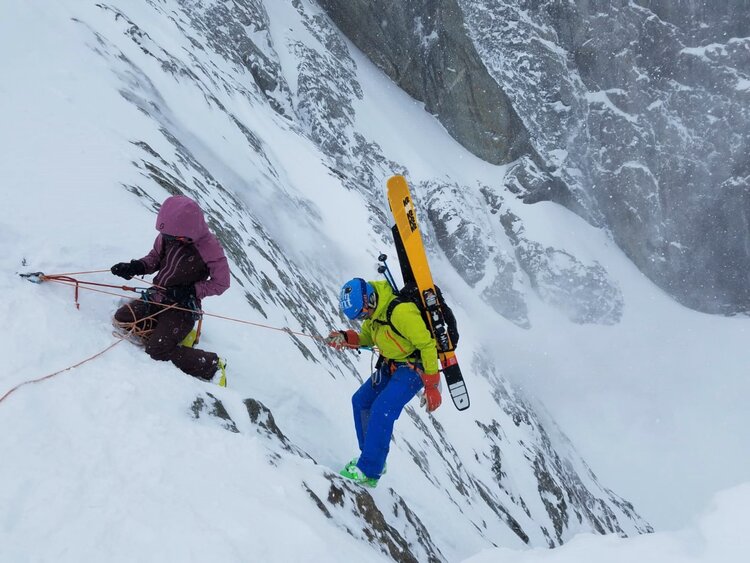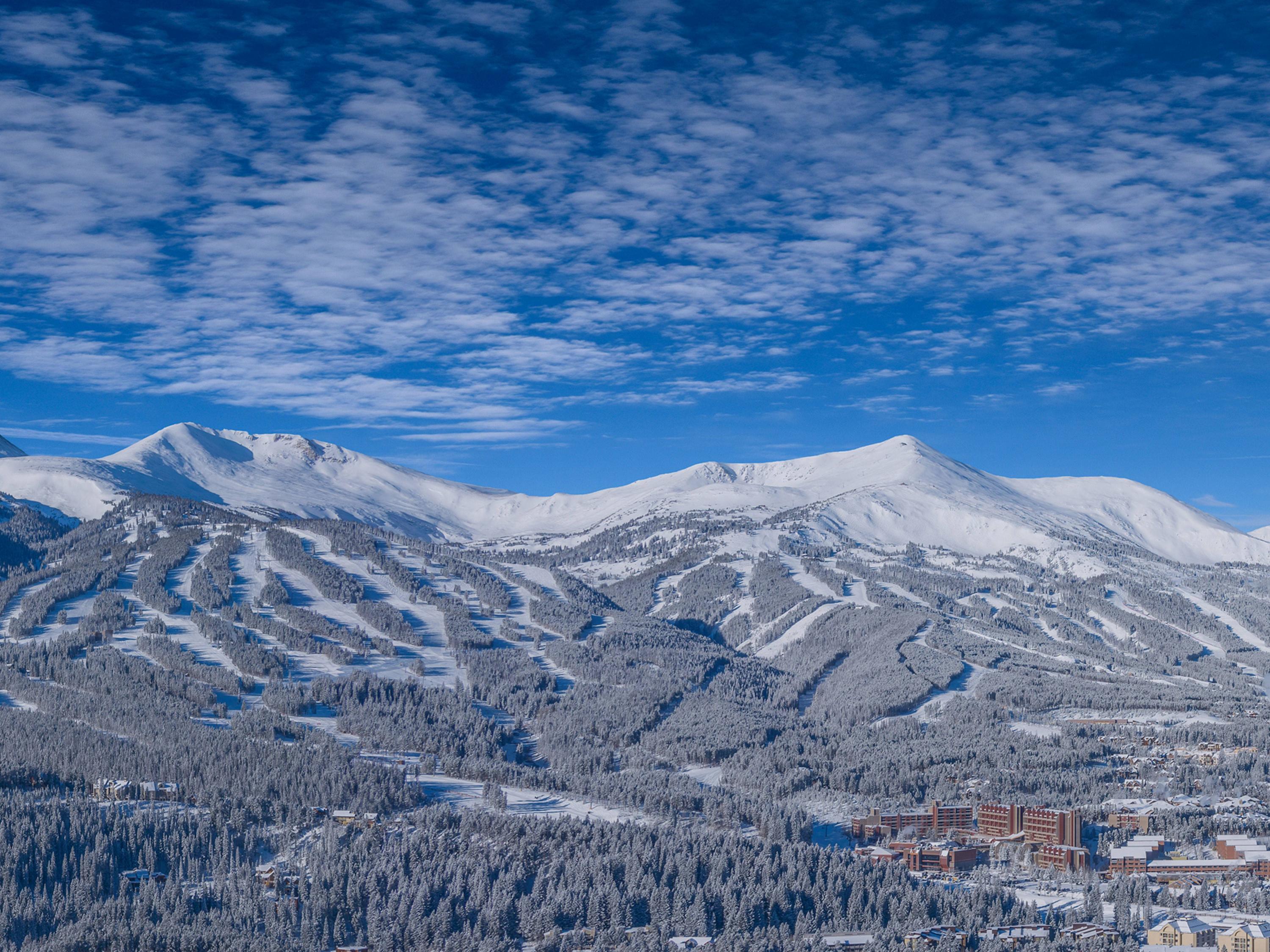
The best arcteryx ski jacket is lightweight, breathable, and has enough warmth to keep you comfortable while on the mountain or in the backcountry. There are many options from the most expensive models right up to budget-friendly options.
Men's
The Arc'Teryx Atom LT Hoodie Men is a light and versatile winter jacket. This jacket can be used both as a mid layer for climbing or skiing, as well as as a standalone jacket. It's crafted with synthetic insulation to ensure it stays warm even when wet, and the hood is helmet-compatible.
Coreloft Compact insulation provides excellent warmth-to-weight and is breathable. It can also keep you dry in the rain and wind. This is the ideal choice for rock climbers, backcountry skiers, or anyone undertaking technical alpine climbing.
For ski touring
The Alpha SV jacket is an excellent choice for serious backcountry skiers who require the highest level of protection from the elements. It comes with a 3-layer GORETEX Pro shell, articulated patterns, and e3D construction. This is an expensive item, but backcountry skiers will appreciate the investment.

The REI Co-op Powderbound, a well-built resort jacket but tough enough for hard skiing, is our choice. It's waterproof and durable and has 80-gram of synthetic insulation.
It's one of the most popular jackets in Arc'teryx's line, and for good reason. It's made to move, has articulated patterning and a fit that removes restriction, and it's packed with features that make for easy access while hiking or skiing.
This jacket is available in many colors. It has a sleek design which makes it look and feel great.
Ski touring is all about accessing the flow state, and a durable, versatile freeride shell with stormproof GORE-TEX helps you realize those exhilarating, liberating objectives. This jacket is made to move with articulated patterning and a fit that eliminates restrictions so you can get out and explore new lines with confidence.
The Nordwand ProHS is a tough jacket for freeriding. It has a GORE-TEX 3-layer pro shell with a heavy-duty 80Dx80D denier. It's made to face the toughest challenges in the backcountry. The strong fabric makes it possible for you to push Mother Nature aside so you can take on the most challenging and creative lines.

Cross country skiing
OR's Carbide might be a better choice if you aren't looking for the heavyweight, high-end insulation designs. This Pertex Shield waterproof, lightweight three-layer jacket from Pertex Shield is a great value. It can be worn in either the backcountry or inbound.
Arc'teryx, a respected brand, makes high-quality gear for outdoor activities. They work hard to ensure that their products are responsibly sourced and are made with innovation & care.
FAQ
What size luggage should I carry?
The length of your trip determines how much luggage you should take. Hand baggage is usually limited to 20 kg if you travel by plane. You will need more space if you travel by train or bus.
At the airport, you will receive a form that you need to complete with your details. This will include information such as the weight of your bags and whether you require assistance when checking them in.
Before you leave for work, make sure to check it. If you don’t check it, you might end up waiting hours for everyone else to do so.
Travel light as you never know what may happen. You won't be able to use your bag if it gets lost.
What countries have the most delicious food?
The food available in each country is different. It's difficult to determine which countries offer the best food.
But, we can still tell you where the best cuisine is!
TripAdvisor users rank these countries as the top three most popular:
-
Italy - Italy was voted #1 by TripAdvisor users because of its incredible food.
-
France - France was second due to its rich culture.
-
Spain - Spain was third due to its beautiful beaches and great weather.
Here are some things you should never forget about when traveling.
When you travel, you'll find yourself in situations with little time to make decisions. Prepare to be flexible.
You might be stuck somewhere for hours, days, weeks, or even months. If you've planned ahead, you'll have food, water, shelter, and a place to sleep. However, if you don’t plan ahead, you might need to improvise.
In these situations, you will probably need to rely upon what you know best. It means you have to be able to quickly make decisions based upon your experience and instinct.
Sometimes you just can't make a choice. Sometimes, however, you will have to make do with what you have. These situations will require you to quickly adapt to the situation.
It is important to remain calm, keep your eyes on the prize and be decisive. Don't panic. Instead, focus on what you can control.
You can, for example, choose the direction you want to travel if you get lost in the woods. You can also eat berries and mushrooms if you feel hungry. You can drink rainwater, or melt snow if your thirst is great.
If you're tired, rest. If you're cold, you can bundle up. If it is wet, you have the option to change clothes. Whatever your choice, staying positive will help you feel better.
How long does it take for you to fly between countries?
The distance between the airports as well as the weather conditions can affect the time it takes to fly.
It takes approximately 3 hours to fly.
The actual flying time will depend on several factors including the airline, the aircraft type and delays at the airport as well as weather conditions.
What should I do if I want to buy travel insurance
Travel insurance is important if your plans include adventure travel. In fact, you should have cover for all types adventure sports.
If you plan on skiing, make sure that you have health insurance. You should also think about getting coverage for theft loss and damage.
Cover for cancellation should be considered. This covers you from any possible penalties if you cancel your holiday.
Additionally, it is a good idea to ask for emergency evacuation coverage. This covers being evacuated off the mountain in an emergency such as an avalanche.
Statistics
- Case in point: the private island of Ilha Caldeira, less than seven miles off the coast as part of the Primeiras and Segundas Archipelago, is located within the marine-protected area with 20 percent of the country's intact living coral. (travelandleisure.com)
- You can use compression sacs or cubes to reduce the volume of your clothes by up to 80%—this is especially convenient for bulky items such as sweaters and jackets. (eaglecreek.com)
- According to Maori legends, this park holds 14 fjords that were all carved by a giant stonemason with an adze. (busytourist.com)
- Alcoholic beverages with more than 24% but not more than 70% alcohol are limited in checked bags to 5 liters (1.3 gallons) per passenger and must be in unopened retail packaging. (tsa.gov)
- Pack sweaters, jackets, and underwear in reusable compression bags creating up to 75% more space in your luggage. (wikihow.com)
External Links
How To
How to plan your next getaway
Planning a trip includes many things such as booking flights, hotels and car rentals. It also includes important considerations such as budget, schedule, destination, weather forecast, etc.
You should always remember these points while planning your next vacation.
To ensure you get everything right, we have created a step-by-step guide to help you plan your next vacation. Based on customer feedback and our own experience, this guide was created. We hope you find this guide helpful and easy to follow when planning your next vacation.
Steps:
-
Plan your Budget - Planning your budget is one of the most important steps in preparing for a trip. Before you begin planning for your trip, you need to know how much money it is you are willing and able to spend. If you don’t have sufficient money, you may have to cancel your travel plans.
-
Book Flights – After setting your budget, you must book your flights. You should ensure that you get the best deal possible at the lowest price. Make sure to check for special offers during peak seasons. These deals could be a great way to save money.
-
Choose Your Destination - Once you've booked your ticket, the next thing you'll need to decide is where you'd like to travel. Multiple factors will play a role in choosing the destination you choose, such as location (wherever you are), climate (what season), culture (how friendly and affordable it is), cost (how affordable it can be) and cost.
-
Find Accommodations - After choosing your destination, the next step would be finding accommodations. There are many choices for accommodation. You can choose from affordable hostels or luxury suites. The type of accommodation you choose will depend on your preferences and needs. If you're looking for an area close to downtown, a hotel may not be the right choice. If you prefer quiet, peaceful places, a homestay may be the best option.
-
Select Activities and Attractions. Now, after you've selected your accommodation it is time to pick the activities or attractions that you would like to add to your itinerary. Depending on your length of stay, you may choose to add or remove activities.
-
Determine Schedule - Now that you've selected the activities and attractions you'd like to include, it's time to determine your itinerary. It is important to stick to a schedule in order for maximum enjoyment of your trip. If you have the freedom to roam as you please, your trip will be even more enjoyable.
-
Create an Itinerary - An itinerary is a list of all information related to your trip. Write down all details about your trip, including flights, accommodation, activities, and restaurants.
-
Research Online - Before leaving for your trip, research online so you won't miss anything. Review and read testimonials to learn what travelers have to say about a destination. You will be able plan accordingly.
-
Avoid Overpacking - Too many clothes can make packing a nightmare. Avoid bringing more than three sets of clothes. Consider bringing clothing that's appropriate for the region.
-
Be prepared. Make sure you have everything prepared before you go. Do not waste your time looking for important documents when you are in transit.